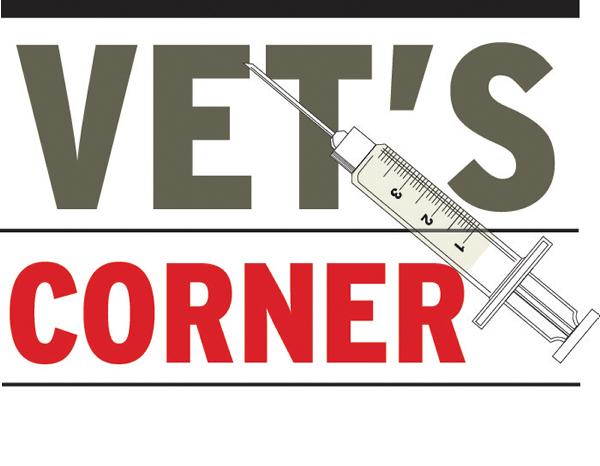The national BVD eradication programme is progressing well with the rate of PI calves born reduced to 0.09%. On an individual farm level, this news is to be welcomed, but it is of little comfort when a breakdown occurs.
Animals that come in contact with BVD after birth become transiently infected for three to four weeks and subsequently become immune for life. If the animal is naïve (susceptible) and pregnant, she may produce a PI calf.
As the eradication programme progresses, the number of naïve animals in individual herds increases. Risk is defined as a multiple of the probability of the disease occurring and the effect it will have on the population. Breakdowns are more likely to be large in naïve herds. Therefore, the risk from BVD does not reduce in a straight line with reducing prevalence.
This is certainly evident from the nature of BVD breakdowns in herds in our practice over the last 18 months. When BVD enters herds that were previously clear, the results can be devastating.
A number of our farmers have lost from nine to 17 calves that tested positive and had to be destroyed. Herd sizes are relatively small in our area, so these breakdowns represented significant losses for the farmers involved.
Understandably, farmers in this position are often very angry at the idea of destroying what appear to be healthy thriving calves and the cow’s production for that year.
All herds with breakdowns have a BVD epidemiological investigation performed by their vet. The aim of this intervention is to try to establish how BVD entered the herd and more importantly to give biosecurity advice on how to prevent further outbreaks.
A common theme in the herds we have investigated in the practice is that BVD entered the herds through Trojan births. When a pregnant animal is purchased, she may be carrying a PI calf. Another example of Trojan birth is when young heifers are returned to a herd owner some months after sale because they have proven pregnant. The animals may have come in contact with BVD in the mart or the buyer’s farm and the PI created.
Complicating factors on many suckler farms in this situation are late registrations and split calving. For example, a weanling heifer is returned from the buyer in November as she is pregnant. She calves in January at 14 months. The farmer decides to delay registration to avoid the additional paperwork associated with births to dams <18 months. The calf is PI, but nobody knows this. All the autumn calvers are exposed to the PI calf until early May when it is tagged. The following autumn, 15 PI calves are born.
Biosecurity plays an important role in disease prevention. Farmers should discuss this with their vet to try to prevent some of the situations outlined above to avoid the consequential loss.
Conor Geraghty MVB Cert DHH works at Geraghty & Neary Veterinary Surgeons, College Rd, Mountbellew, Co Galway. Geraghty & Neary Veterinary Surgeons are part of XLVets. XLVets is a group of progressive practices who are working together to achieve a better future for agriculture and veterinary in Ireland. For further information go to www.xlvets.ie.
